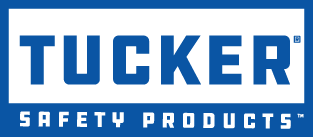Thermal Protection
Thermal Protection Is Critical For Burn Protection
Protecting commercial kitchen staff safe from liquid, vapor and heat hazards requires thermal protection. See how commercial quality protection is provided with a multi-layered construction.

#1 EFFECTIVE LIQUID/VAPOR BARRIER
The most important component of burn injury prevention because the majority of foodservice industry burns are caused by hot liquids, grease or steam. Accordingly, an effective liqud / vapor barrier (defined as one which will withstand 500°F for 24 hours, without breaking down, melting or becoming brittle) should withstand everyday use at normal commercial kitchen temperatures for the life of the apparel.

#2 INSULATION
The second most important component of burn injury prevention because burns caused by contact with hot surfaces are the next most common type of burns in foodservice. Insulation is the thick interior padding between the outer fabric shell and the interior liner (if there is one), which absorbs the heat before it passes through to the body. The insulation should be a solid fabric, so that it will withstand repeated use without hot spots (often caused by the bunching of quilted fabric insulation). Insulation thickness and/or fabric type determines the amount of time that a hot object can be held (while using the protective apparel) before feeling pain or receiving a burn. Apron and sleeve insulation varies based on their direct contact time with hot surfaces.

#3 THE OUTER SHELL FABRIC
- The third most important component of burn injury prevention because it is NOT a primary factor in preventing burns.
- The outer shell is not the component which will prevent burns from hot liquids, grease and steam. Nor will it prevent burns from heat penetration.
- If the Outer Shell fabric is made from Nomex fiber or Kevlar fiber, it can provide the heat and flame resistance of the apparel. The Outer Shell Fabric can be a determining factor of the longevity of the protective apparel, based on the durability of the fabric (determined by equipment, operational temperatures and operational abrasion of the fabric while in use).
